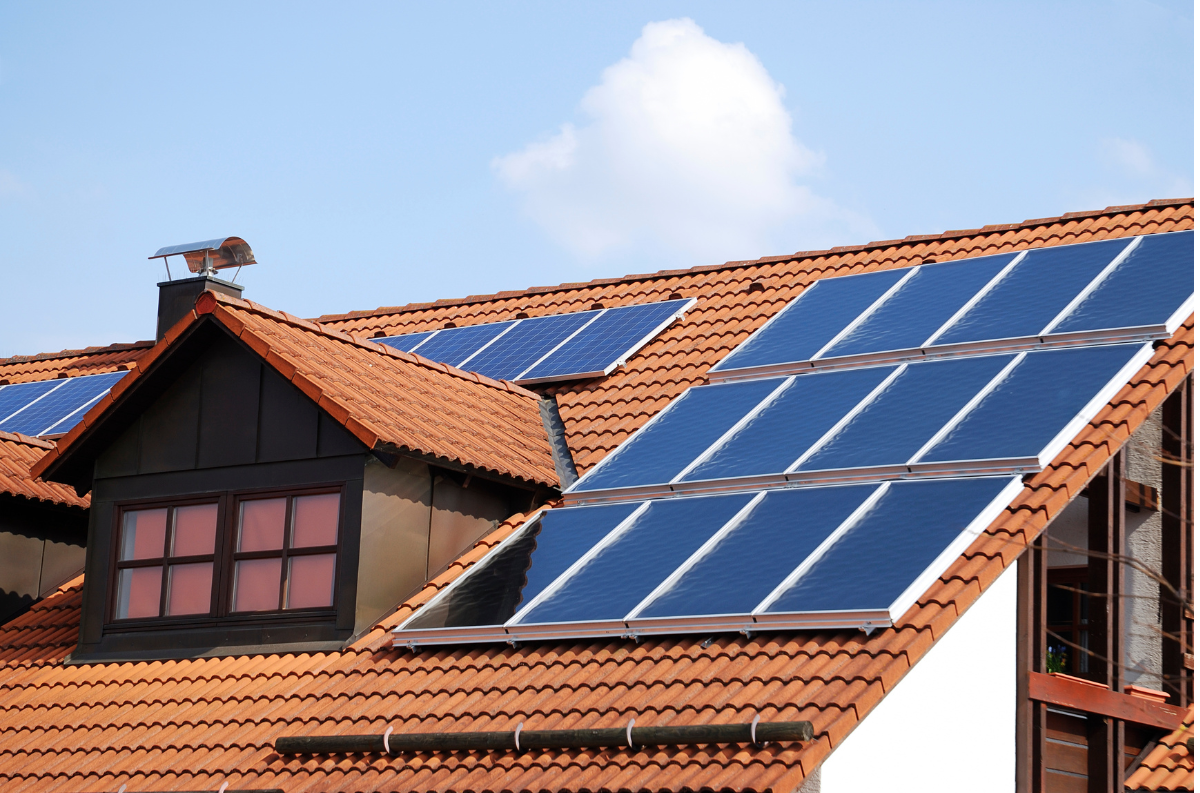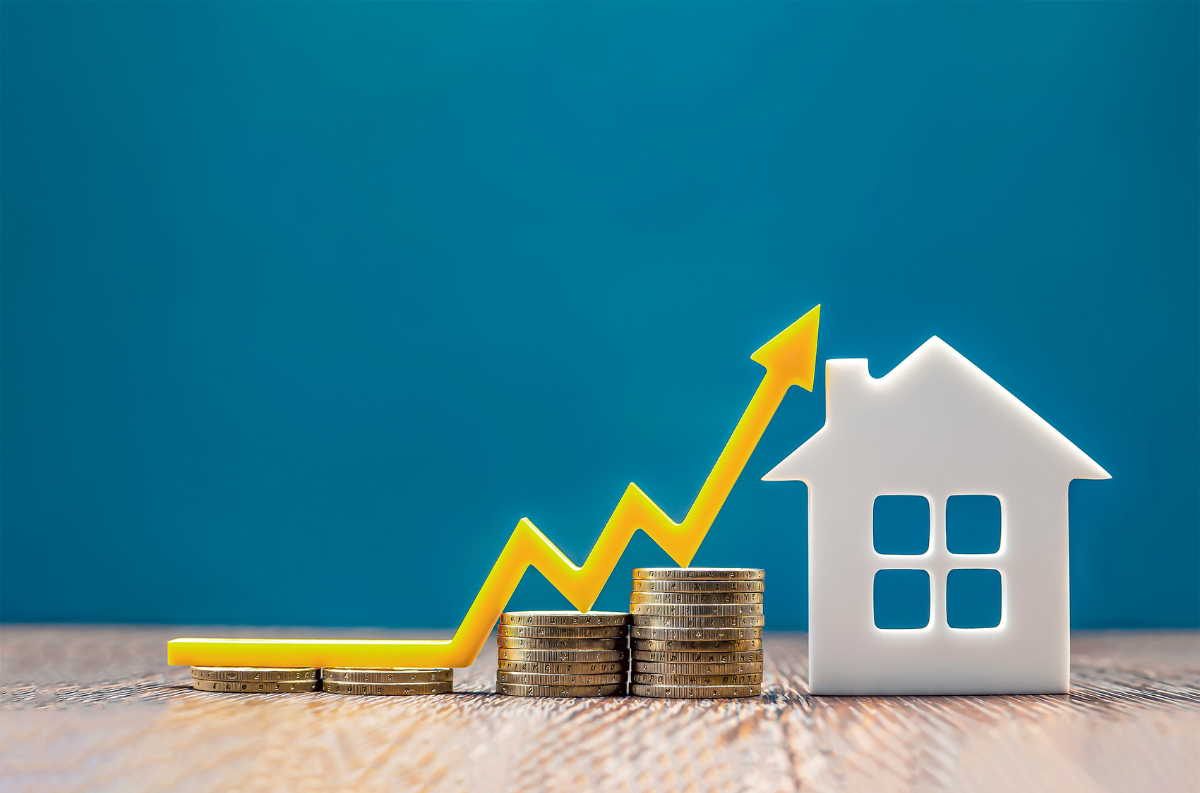As the real estate industry continues to evolve, so too does the world of private real estate lending. From new technologies to emerging trends, there are a number of factors that are shaping the future of this industry. Whether you’re an investor or a borrower, it’s important to stay up-to-date on the latest developments in order to make informed decisions. In this guide, we’ll explore some of the key trends and technologies that are driving the future of private real estate lending.
Table of Contents
Growing popularity of crowdfunding platforms for real estate investing

Crowdfunding platforms have become increasingly popular in recent years as a way for investors to pool their resources and invest in real estate projects. These platforms allow investors to access a wider range of investment opportunities than they might be able to on their own, and they also offer greater transparency and control over the investment process. As the popularity of crowdfunding continues to grow, we can expect to see more real estate lending platforms incorporating this model into their offerings. This could lead to increased competition and innovation in the private real estate lending space, as well as greater access to funding for real estate developers and investors.
One of the major benefits of crowdfunding platforms is that they democratize access to real estate investing. Previously, real estate investing was largely limited to high net worth individuals or institutional investors, as these were the only groups that had access to large-scale real estate deals. However, crowdfunding platforms have opened up the world of real estate investing to a much broader range of individuals, including those with limited resources. This has the potential to help address wealth inequality by providing more people with the opportunity to build wealth through real estate investing. Additionally, crowdfunding platforms can help to create more diverse investment portfolios, as investors are able to choose from a wider range of projects and investments. As a result, real estate crowdfunding has the potential to transform the way that people invest in real estate and create new opportunities for individuals and communities alike.
Greater focus on sustainability and green building practices

As the world becomes more environmentally conscious, we can expect to see a greater focus on sustainability and green building practices in the private real estate lending industry. This could include lending criteria that prioritize environmentally friendly projects, as well as the development of new technologies and materials that reduce the environmental impact of real estate development. Investors and developers who prioritize sustainability and green building practices may also be able to access lower interest rates or other incentives from lenders. Overall, the trend towards sustainability is likely to have a significant impact on the private real estate lending industry in the coming years.
In addition to the environmental benefits of sustainable real estate development, there are also potential financial benefits for investors and developers. For example, sustainable buildings may be more energy-efficient, which can result in lower operating costs and higher long-term profitability. Additionally, sustainable buildings may be more resilient to natural disasters and other disruptions, which can help to reduce risk for investors and lenders. As a result, we can expect to see a growing interest in sustainable real estate projects from both investors and lenders, as well as an increasing focus on sustainability in the due diligence process for real estate lending. This trend towards sustainability is likely to continue to gain momentum as more investors and lenders recognize the potential financial benefits of green building practices, and as the public becomes more aware of the importance of sustainability and environmental responsibility.
Continued growth of the rental market and alternative lending options

In addition to sustainability, the private real estate lending industry is also seeing continued growth in the rental market and alternative lending options. With more people choosing to rent rather than buy, there is a growing demand for rental properties, which presents opportunities for private lenders to finance these projects. Additionally, alternative lending options such as crowdfunding and peer-to-peer lending are becoming more popular, providing borrowers with more options outside of traditional banks. As these trends continue to evolve, private real estate lenders will need to adapt and innovate to stay competitive in the market.
However, the adoption of sustainable real estate development is not without its challenges. One of the primary challenges is the higher upfront costs associated with implementing sustainable building practices and technologies. For example, solar panels, energy-efficient HVAC systems, and other green building features can be more expensive to install than traditional systems. Additionally, there may be a lack of standardization in sustainability certifications and building codes, which can lead to confusion and additional costs for developers. Another challenge is the potential for greenwashing, where developers may claim to prioritize sustainability without actually implementing meaningful green building practices. To address these challenges, there is a need for increased collaboration between developers, investors, lenders, and policymakers to establish clear standards and incentives for sustainable real estate development. With the right policies and incentives in place, the private real estate lending industry has the potential to play a key role in driving the transition to a more sustainable and environmentally responsible future.
Interested in learning more?
Visit our website, www.fundingo.com, to see what FUNDINGO can do for you.
Have specific questions or want to talk to a FUNDINGO consulting expert?
Contact us at info@fundingo.com
